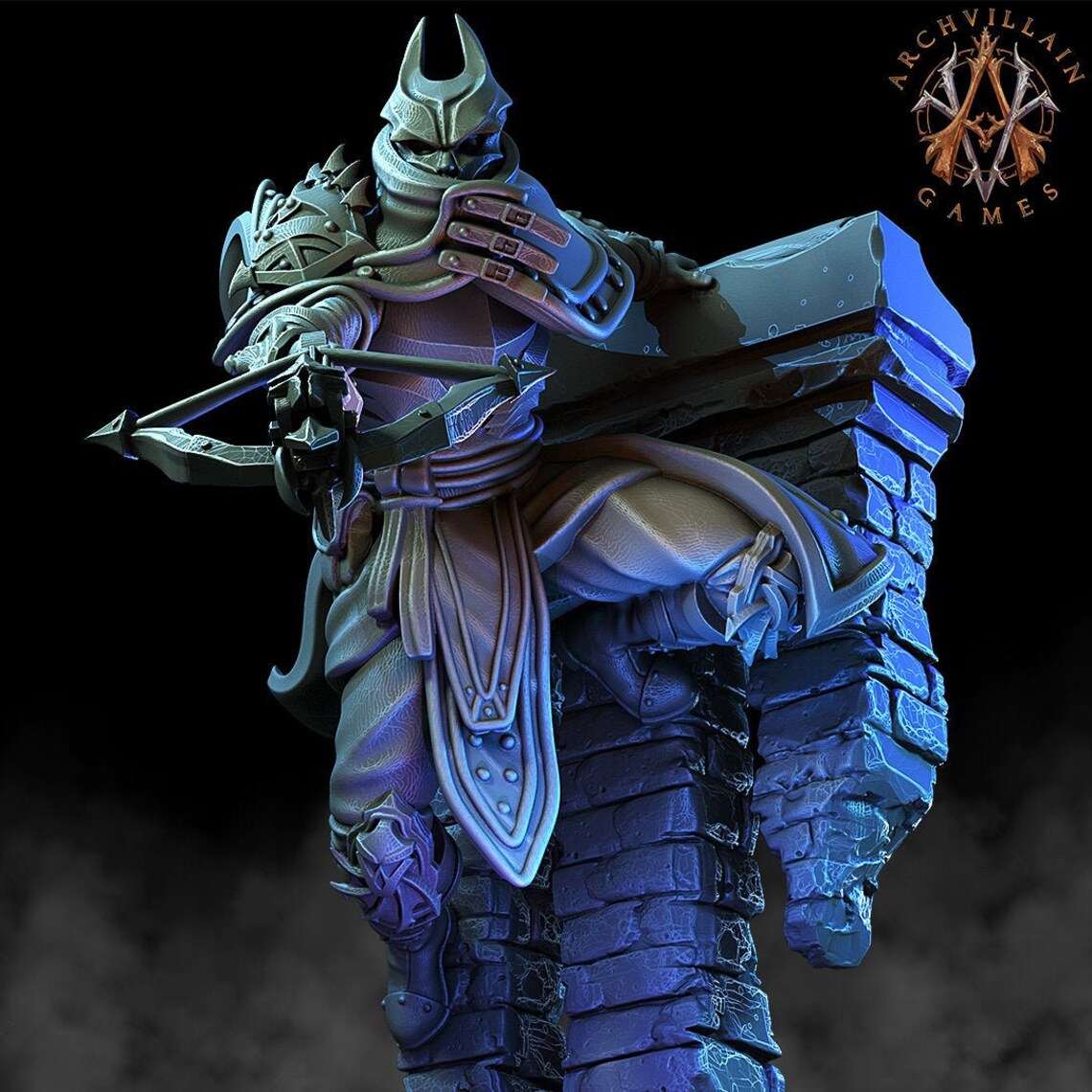
The intent is the blade vanishes when you let go of it (that’s one of the meanings of the word “drop”). According to Jeremy Crawford:Ĭan I hand a shadow blade to another PC? It only says the blade dissipates as I throw or drop it. With the release of the 2020 Sage Advice Compendium, this question now has a RAI (rules as intended) answer. So, ask your DM before you try it, or try it in game before a fight so you're not caught off guard. These issues are likely an artifact of the intent of the designers not matching the words they wrote. The issues with this literal reading are that a player you passed it would be able to drop or throw it, and it wouldn't be able to be called back to you. attack a target that is in dim light or darkness, you make the attack roll with advantage.

It counts as a simple melee weapon with which you are proficient. The drawback is that you wouldn't be able to summon it back unless you drop or throw it, and the other character couldn't gain the proficiency benefit from the spell, nor the advantage from dim light or darkness.

Note, this literal reading has drawbacks and a few problems. Thereafter, while the spell persists, you can use a bonus action to cause the sword to reappear in your hand. If you drop the weapon or throw it, it dissipates at the end of the turn.

If you ignore Sage Advice and read "drop" differently than Rules Designer Jeremy Crawford, all you have is what is in the shadow blade spell: The intent is the blade vanishes when you let go of it (that’s one The Rules as Intended, and official ruling in Sage Advice is that it would dissipate.


 0 kommentar(er)
0 kommentar(er)
